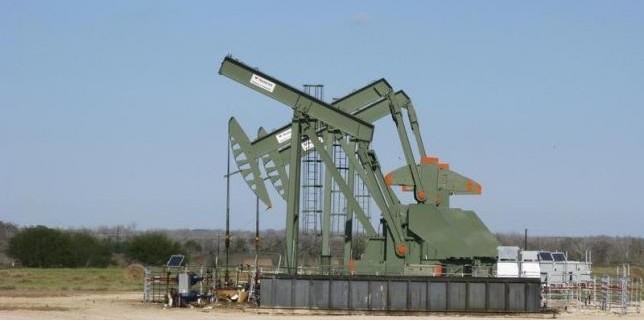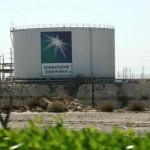Oil futures rose in Asian trading on Wednesday

Oil futures rose in Asian trading on Wednesday after Reuters reported Saudi Arabia would cut supplies to the region as OPEC battles against rising U.S. output that is threatening to derail its attempts to end a sustained global glut in crude.
State-owned Saudi Aramco will reduce oil supplies to Asian customers by about 7 million barrels in June, a source told Reuters, as part of OPEC’s agreement to reduce production and as it trims exports to meet rising domestic demand for power during the summer.
Seven million barrels is roughly two days of oil imports into Japan, the world’s fourth biggest importer. Aramco had previously been maintaining supplies to its important Asian customers.
Global benchmark Brent futures LCOc1 were up 25 cents, or 0.5 percent, at $48.98 a barrel at 0200 GMT. They fell 1.2 percent on Tuesday.
U.S. West Texas Intermediate crude CLc1 was up 29 cents, or 0.6 percent, at $46.17 a barrel.
It also fell 1.2 percent the previous session, and the closing price for both contracts on Tuesday was the second lowest since Nov. 29, the day before the Organization of the Petroleum Exporting Countries (OPEC) agreed to cut production during the first half of 2017.
While prices surged immediately after the agreement, in recent weeks they have come under sustained pressure as U.S. production has ramped up.
Many are now pushing back the expected timing for when the oil market will come into balance after prices began slumping nearly three years ago.
“Chief among (the) oil market’s worries is that the renewed rise in U.S. oil production is reducing the speed at which the supply surplus is being eroded,” Fawad Razaqzada, market analyst at Forex.com, said in a note.
Saudi Arabia’s oil minister Khalid al-Falih said on Monday that he expected the output deal to be extended to the end of the year or possibly longer. OPEC meets later this month.
Higher crude output from the United States should limit any upside to global oil prices through the end of 2018, the U.S. government said on Tuesday.
U.S. crude production is expected to rise by more than previously expected in 2017 to 9.31 million barrels per day from 8.87 million bpd in 2016, a 440,000 bpd increase, the U.S. Energy Information Administration said.
Source: Reuters





























